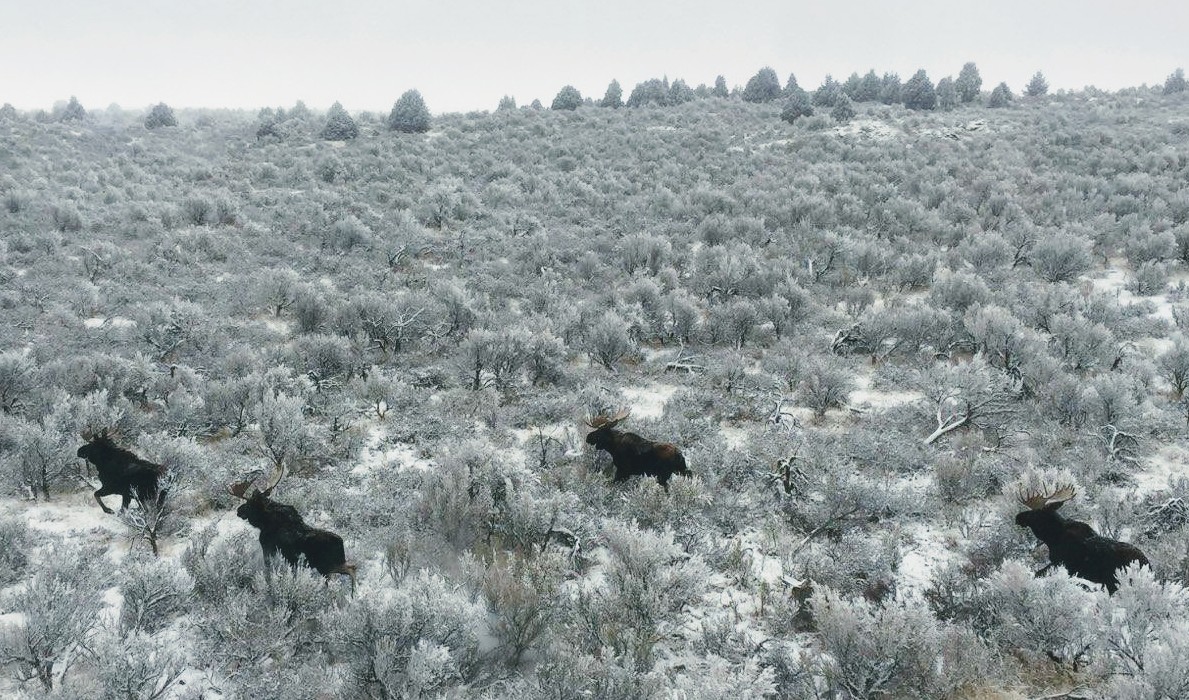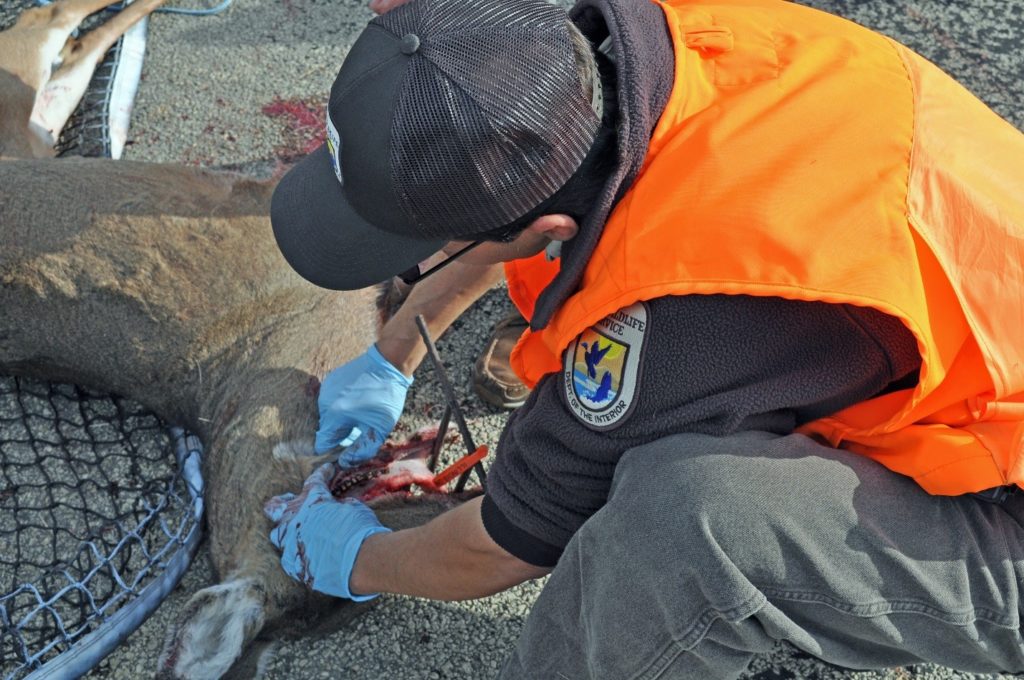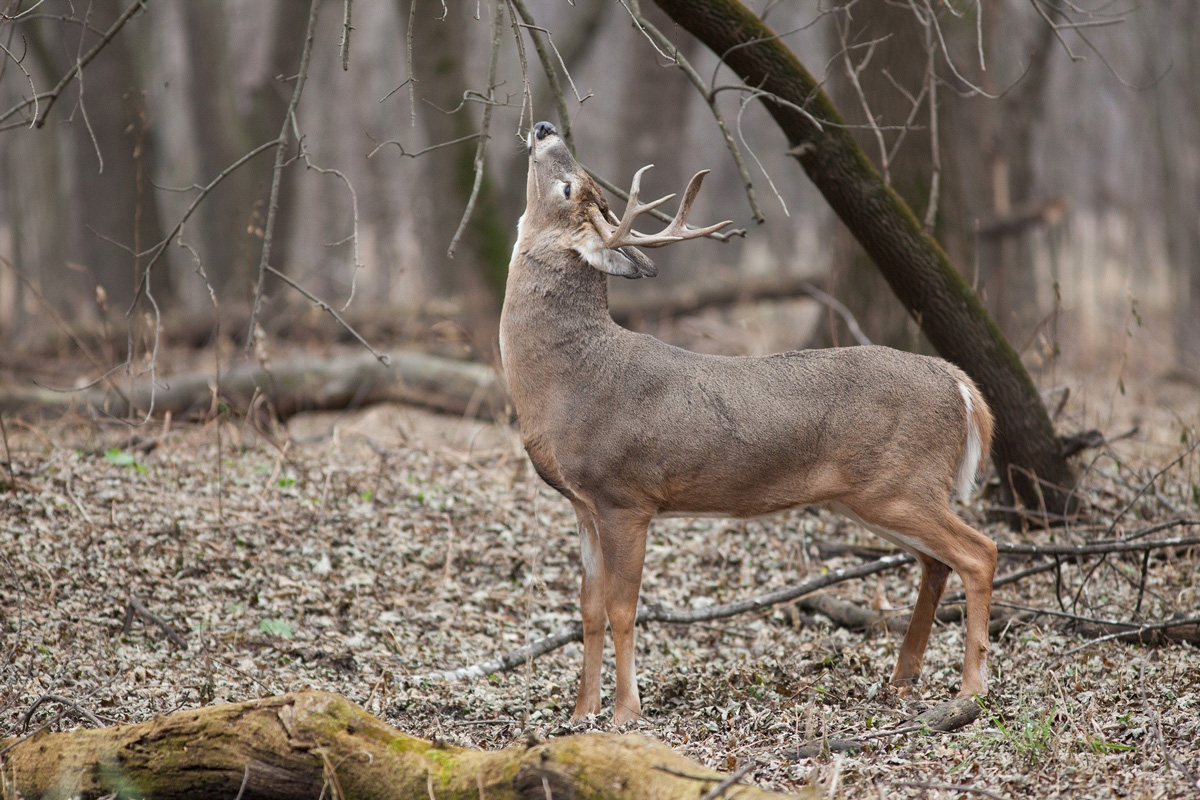Sportsmen and sportswomen help shape Highway Bill
The Senate Environment and Public Works Committee has unanimously passed a historic compromise to invest in wildlife crossings, disaster prevention, climate resilience, and public access as part of a major infrastructure package, sending the bill to the full Senate for a vote.
The Surface Transportation Reauthorization Act, commonly called the Highway Bill, invests $350 million over five years in a competitive grant program dedicated to the construction of wildlife crossing structures, including over and under passes. These crossing structures help connect otherwise unavailable habitats that benefit pronghorn antelope, mule deer, and black bears.
“This remarkable agreement will preserve wildlife and human life by reducing vehicle-wildlife collisions,” said Whit Fosburgh, president and CEO of the Theodore Roosevelt Conservation Partnership. “Our highway system has historically fragmented big game habitat and migration corridors, but this bill recognizes that we can create jobs, maintain modern infrastructure, and improve our natural systems. The bill also builds climate resilience as we grapple with the impacts of weather events and improves public access to hunting, fishing, and other recreational opportunities. We want to thank Chairman Carper and Ranking Member Capito for leading the effort to ensure this transportation bill keeps wildlife habitat connected.”
This investment is the first of its kind in a national wildlife crossings initiative. The TRCP began working on this issue back in February 2019 by hosting a workshop with biologists, planners, and engineers from multiple state and federal agencies to discuss the issue of wildlife-vehicle collisions and how to safeguard migrating wildlife. Since that time, the TRCP has spearheaded the legislative and grassroots effort with many partner organizations and more than 12,000 hunters and anglers who have asked lawmakers to invest in wildlife crossings.
Other important provisions in the Surface Transportation Reauthorization Act include:
- Promoting Resilient Operations for Transformative, Efficient, and Cost-saving Transportation (PROTECT) Grant Program to improve the ability of disaster-prone communities to reduce risk and build resilience to significant weather events.
- Legacy Roads and Trails Remediation Program to storm-proof roads to protect habitat and water quality; reclaim unneeded roads to prevent erosion from damaging streams; replace culverts to restore fish passage; and improve trails on public lands.
- Federal Lands Transportation Program to repair, maintain, and reconstruct roads on public lands, which are essential for outdoor recreation.
- Federal Lands Access Program to supplement state and local resources for infrastructure projects that improve public access to adjacent federal lands.









This is and has been a great idea for years. I’m very happy that this is happening for the animals and the habitat.
Thank you for doing such a great job.
I believe these are more than necessary . Roads should start being built above tree lines as the amount of wildlife killed is a catastrophe and a study should be done .
Re: wildlife under and overpasses -this is WONDERFUL news. I’m hoping that NYS will put some of these in, especially along the Taconic Parkway and the NYS Thruway network.
good news